When it comes to plants, a lot of great advice has been passed down through generations, but some gardening myths have trickled down as well.
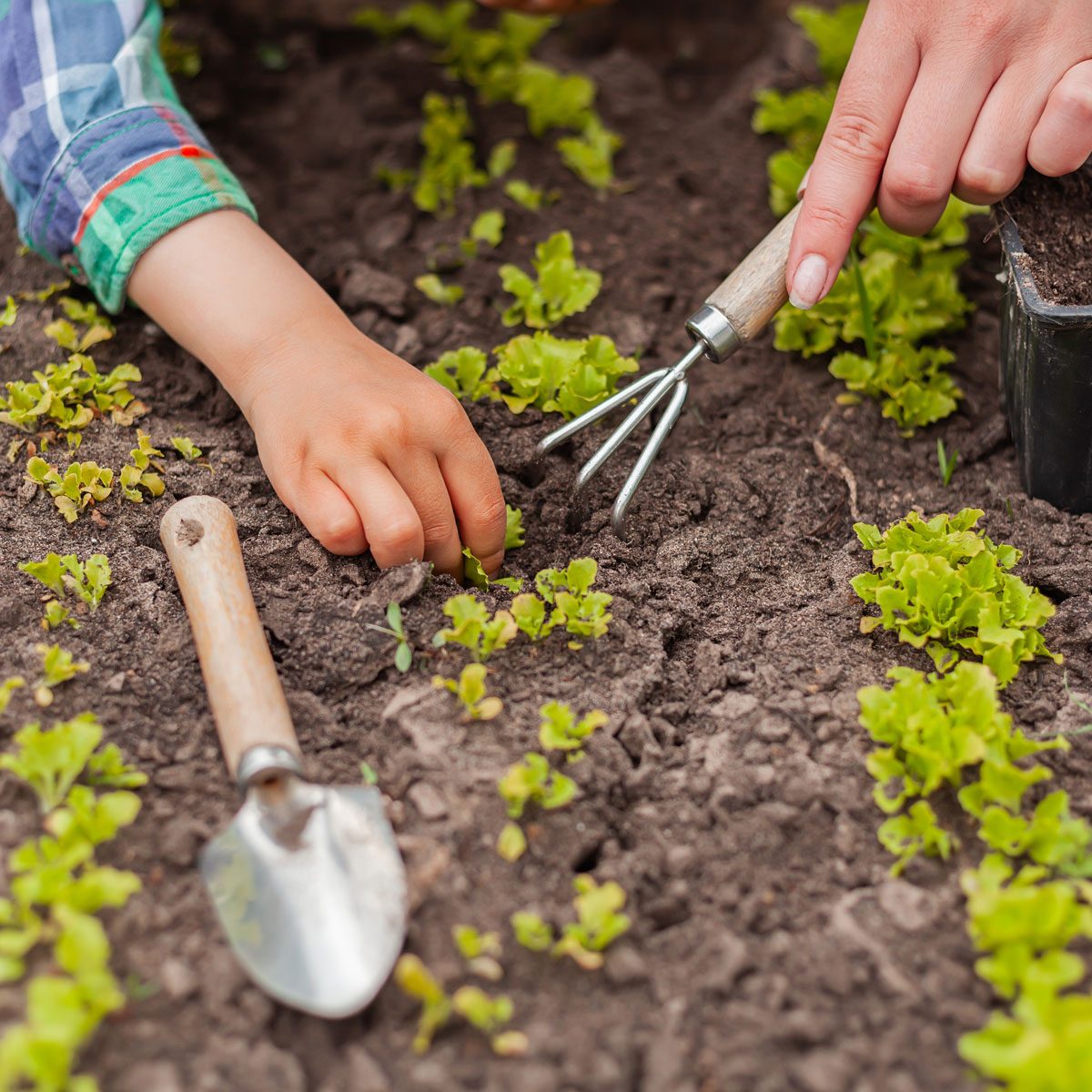
10 Gardening Myths You Shouldn’t Believe

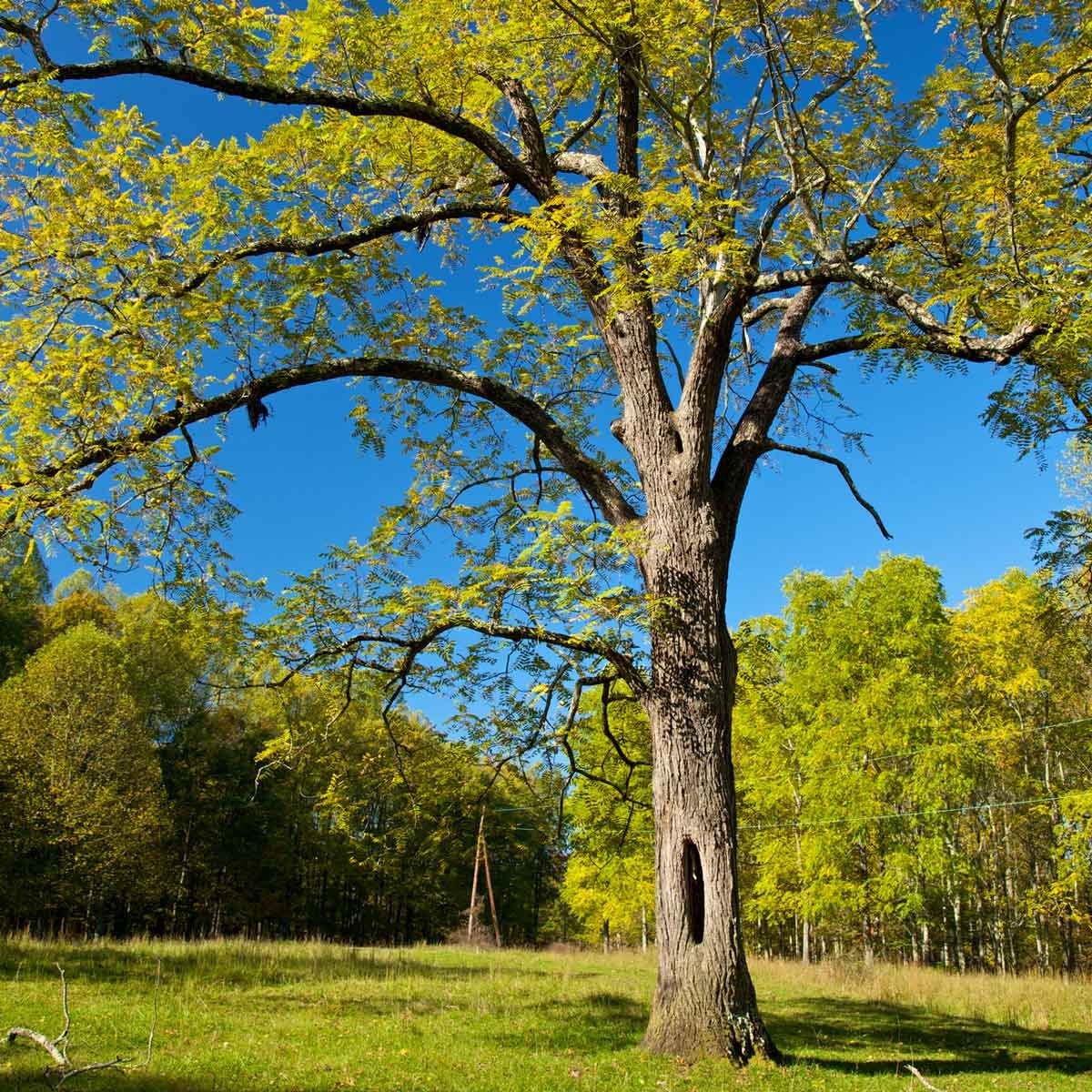
Myth: Nothing Grows Near a Black Walnut Tree
Truth: While the roots of black walnut (Juglans nigra) do release an allelopathic chemical known as juglone that inhibits the growth of some plants, there are many plants that will grow beneath and near black walnut trees. Plants that are ideal for landscaping around these trees include tulips, daffodils, Japanese maple, lilac and flowers such as foxglove, purple coneflower, begonia and impatiens. Your local cooperative extension will have a complete list for your region.
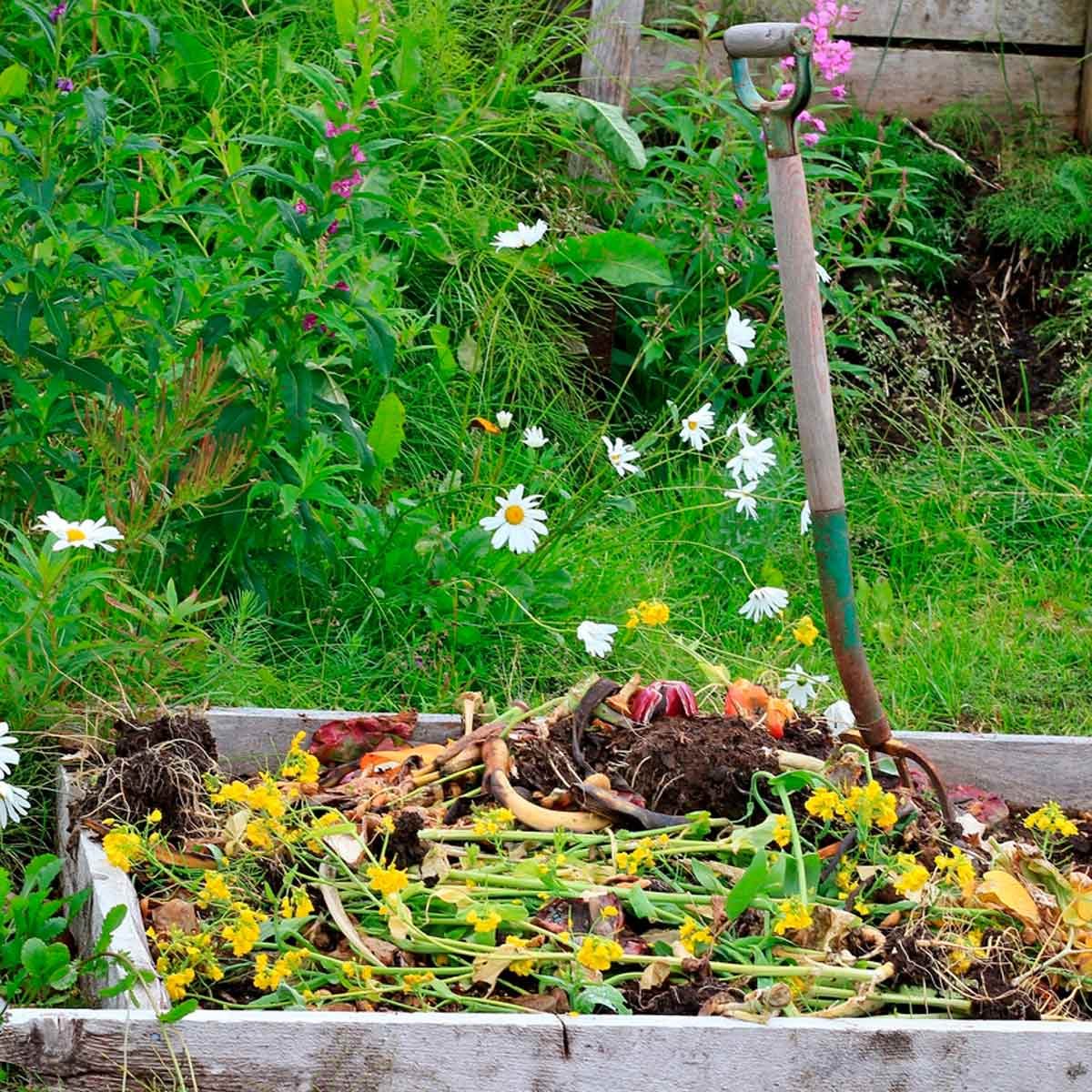
Myth: Compost Piles Smell Bad
Truth: If your compost pile has anything but a pleasant earthy smell, it is not being properly worked. Anaerobic composting means there is a lack of oxygen in the pile. It will still break down—slowly—but will have a swampy smell. Turn the pile regularly to introduce oxygen to help mitigate any odor. Add leaves and a few shovels full of soil to keep materials from turning slimy.
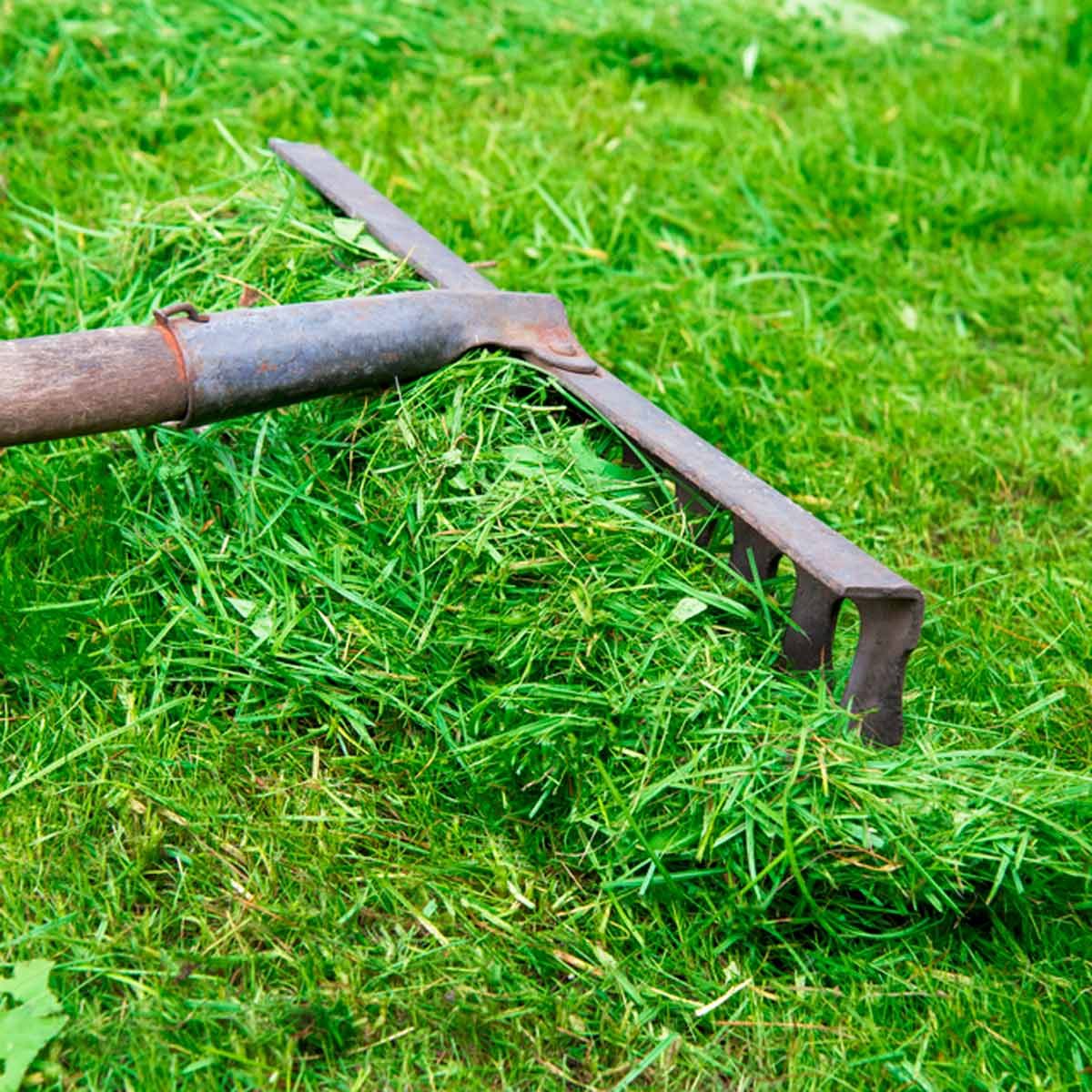
Myth: Grass Clippings Cause Thatch to Build Up
Truth: Grass clippings do not contribute to thatch—a thick layer of dead plant debris that makes it difficult for new turf to emerge. In fact, it’s advised to leave your grass clippings in place, rather than bagging them, especially if you have a mulching mower. It saves labor, and the clippings are a free source of nitrogen for your lawn.
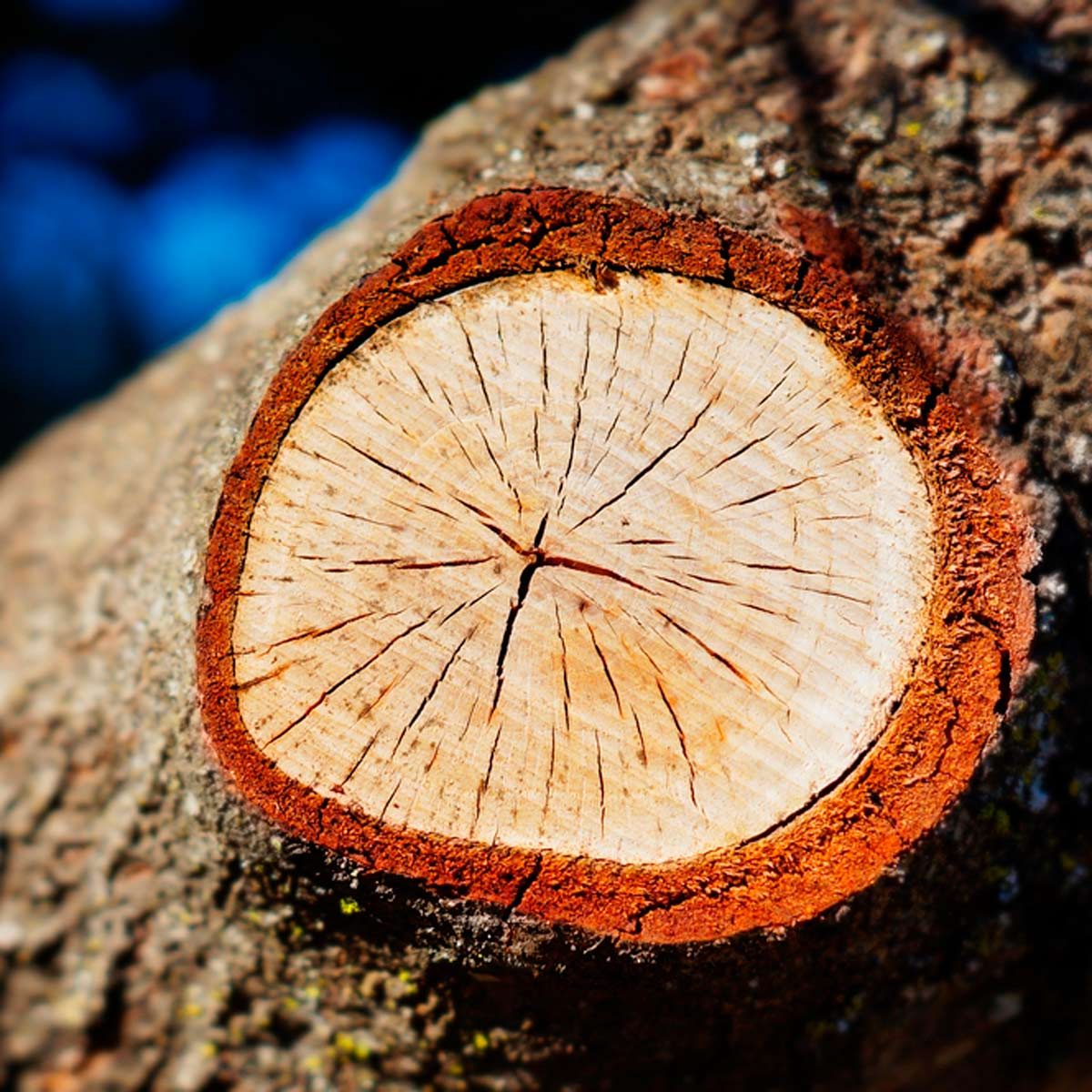
Myth: You Should Paint Tree Wounds After Pruning
Truth: This is an old practice that has fallen out of favor, thanks to people realising it is one of the most common gardening mistakes. In most cases, it serves no purpose and may actually negatively affect the sealing of the wound. However, there are exceptions: If you are pruning a tree that could be threatened by disease-carrying beetles attracted to a fresh wound, tree-wound paint can help. Consider it for oaks and birch trees in particular.
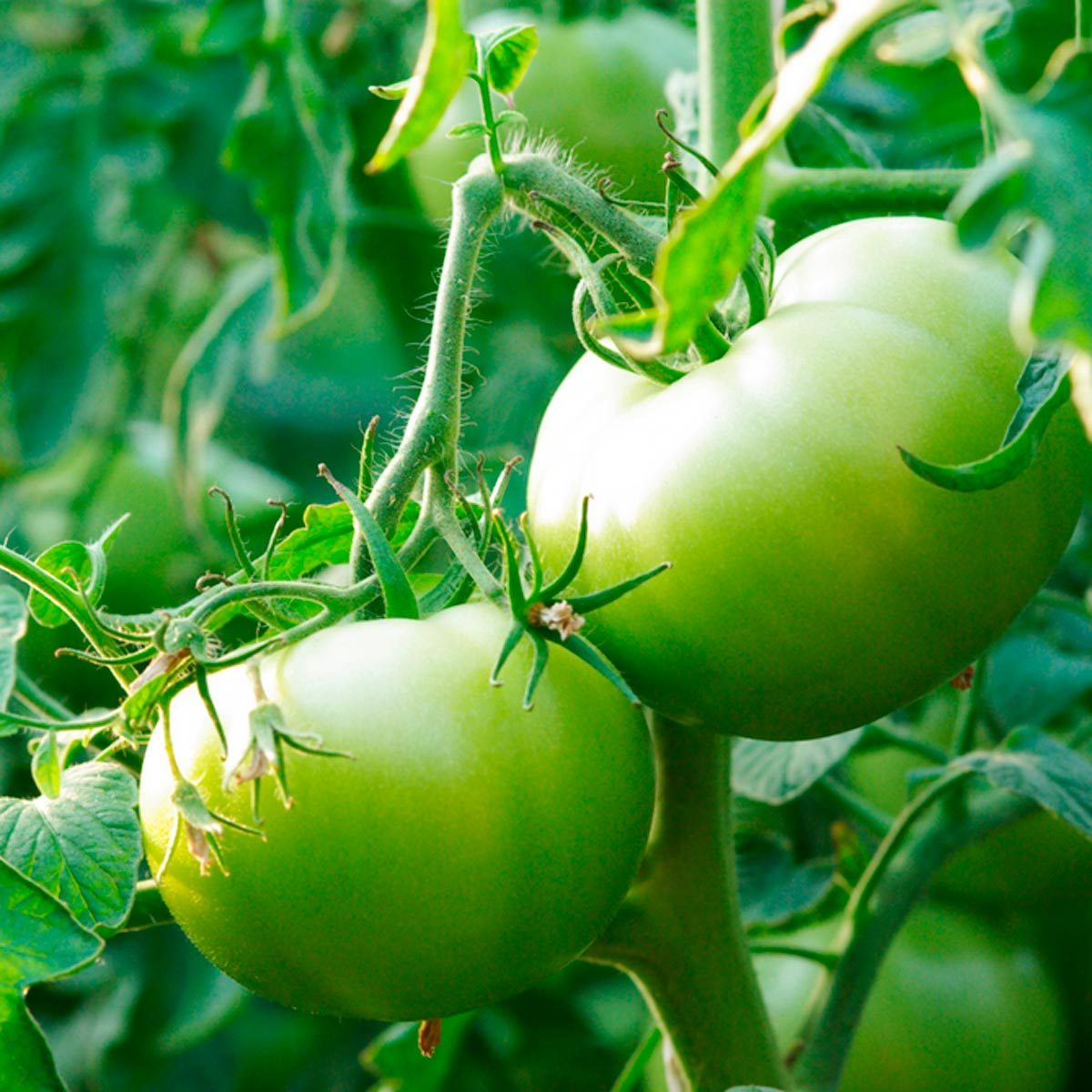
Myth: Ripen Green Tomatoes on a Sunny Window Sill
Truth: Sunlight is not needed. The best place to ripen tomatoes is in a cool basement. Wrap green tomatoes individually in newspaper, which will help contain the ethylene gas that is given off by fruit and hasten ripening.
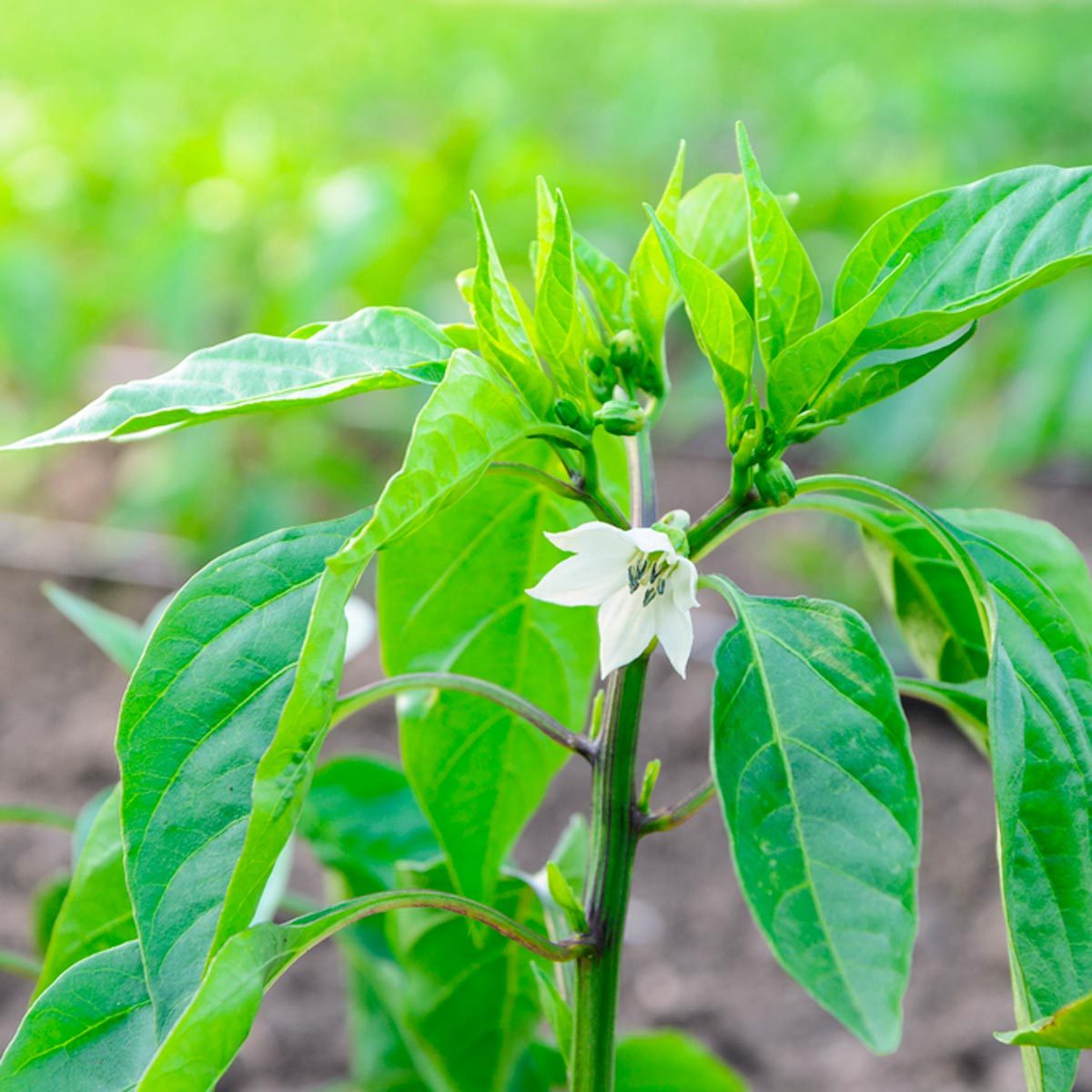
Myth: Pepper Plants Don’t Grow Fruit When the Soil Is Too Rich
Truth: While an overly rich soil will favor foliage over flowers, it won’t stop pepper plants from bearing fruit altogether. More likely it’s due to the weather. A hot, drying wind will cause flowers to drop off. Also, many pepper plants are very temperature sensitive, so flowers will drop off below 55 degrees F. or above 85 degrees F.
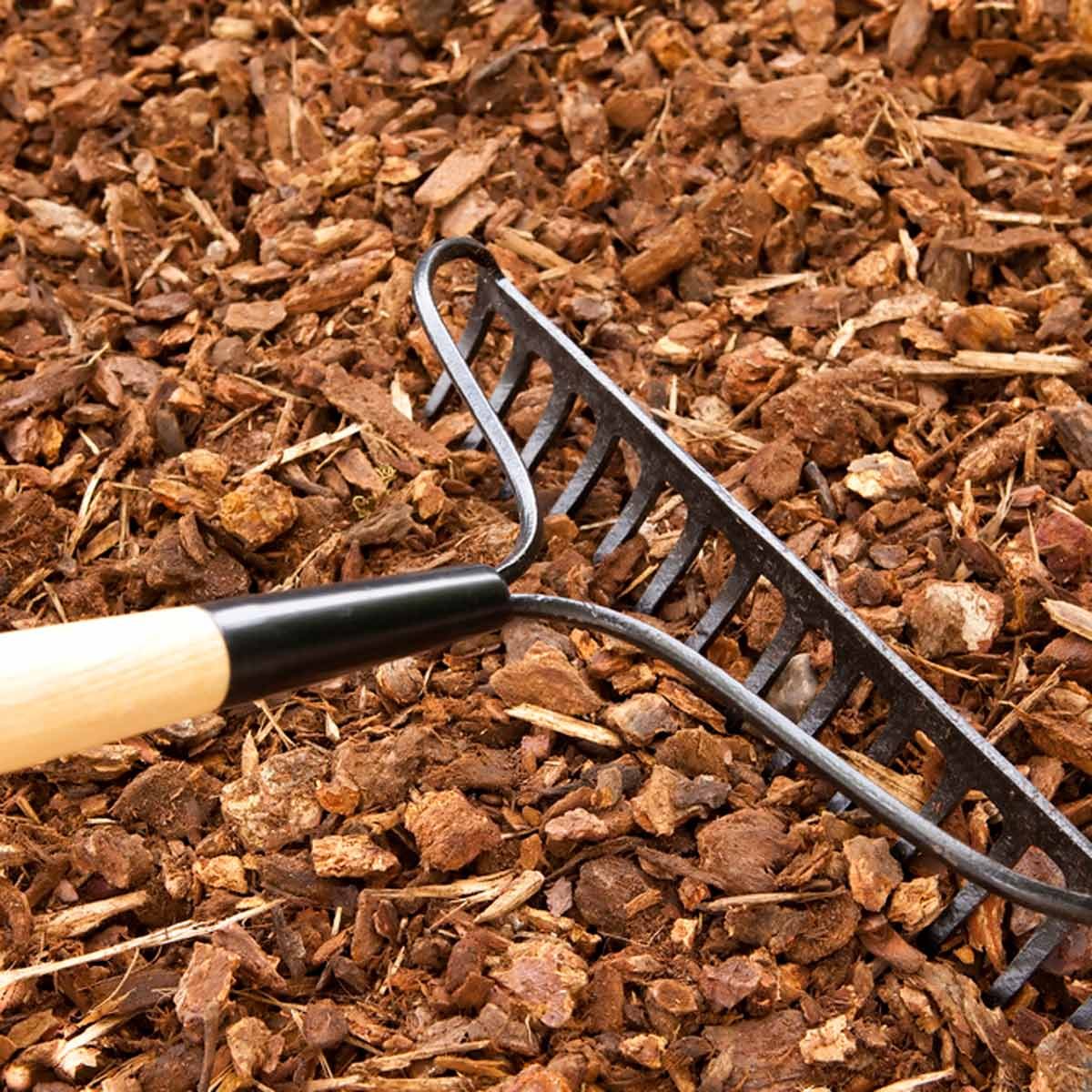
Myth: Wood Chips Make the Best Mulch
Truth: That depends on where you’re using them. They are a wonderful mulch option for a naturalistic garden, but hold too much moisture for cacti and succulents. There are caveats, too. Don’t spread them too heavily (no more than three inches thick) and don’t pile them against plant stems (they can cause problems with bugs and rot).
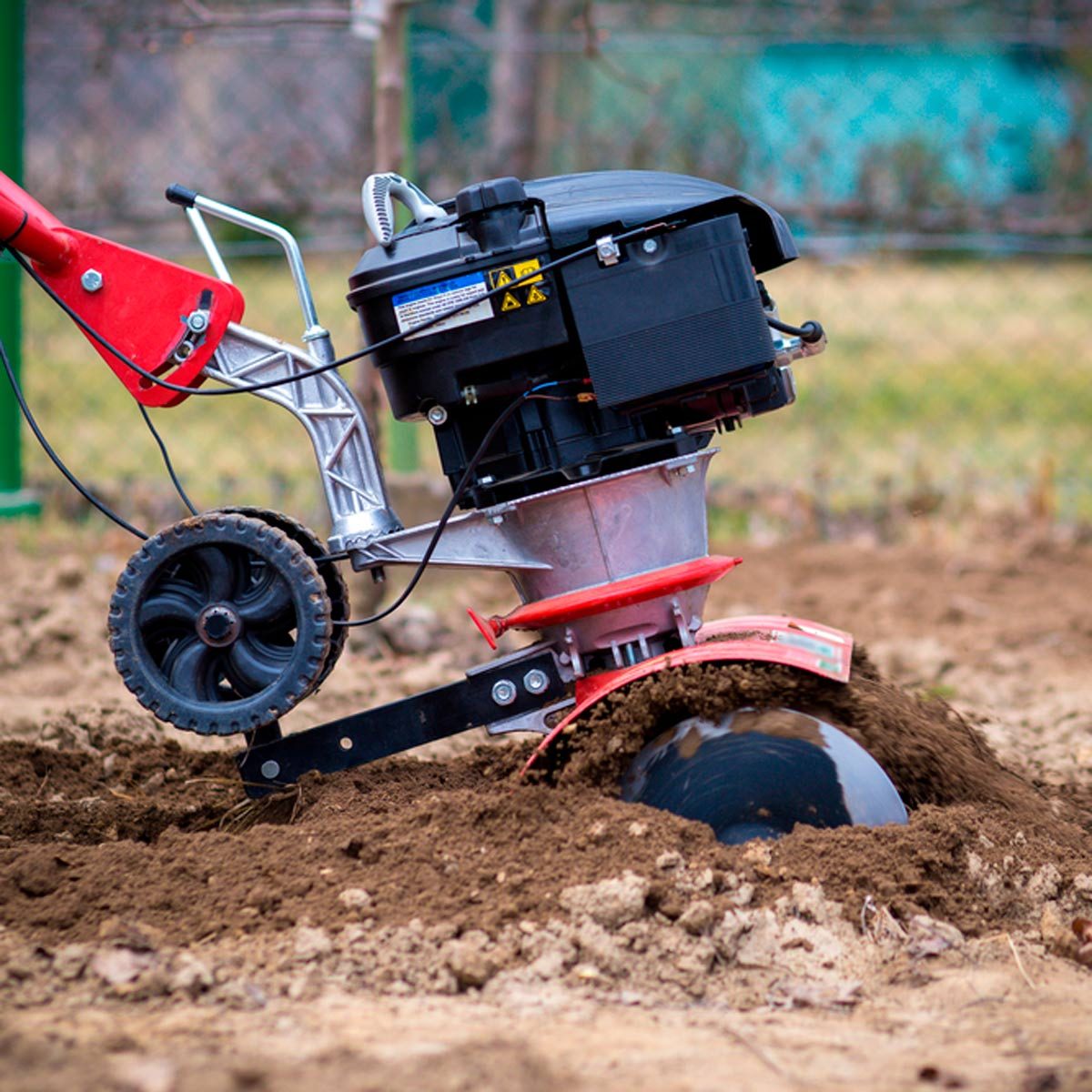
Myth: For the Best Garden Soil, Cultivate Regularly
Truth: Some cultivation is helpful with preparing garden soils that are heavy or compacted. But too much can turn the topsoil into a powdery dust that repels water and is not conducive to root growth. Also, frequent cultivation exposes more of the soil to the sun, which can dry it out and cut down the amount of beneficial microbes—an important fact to know as part of gardening do’s and don’ts.
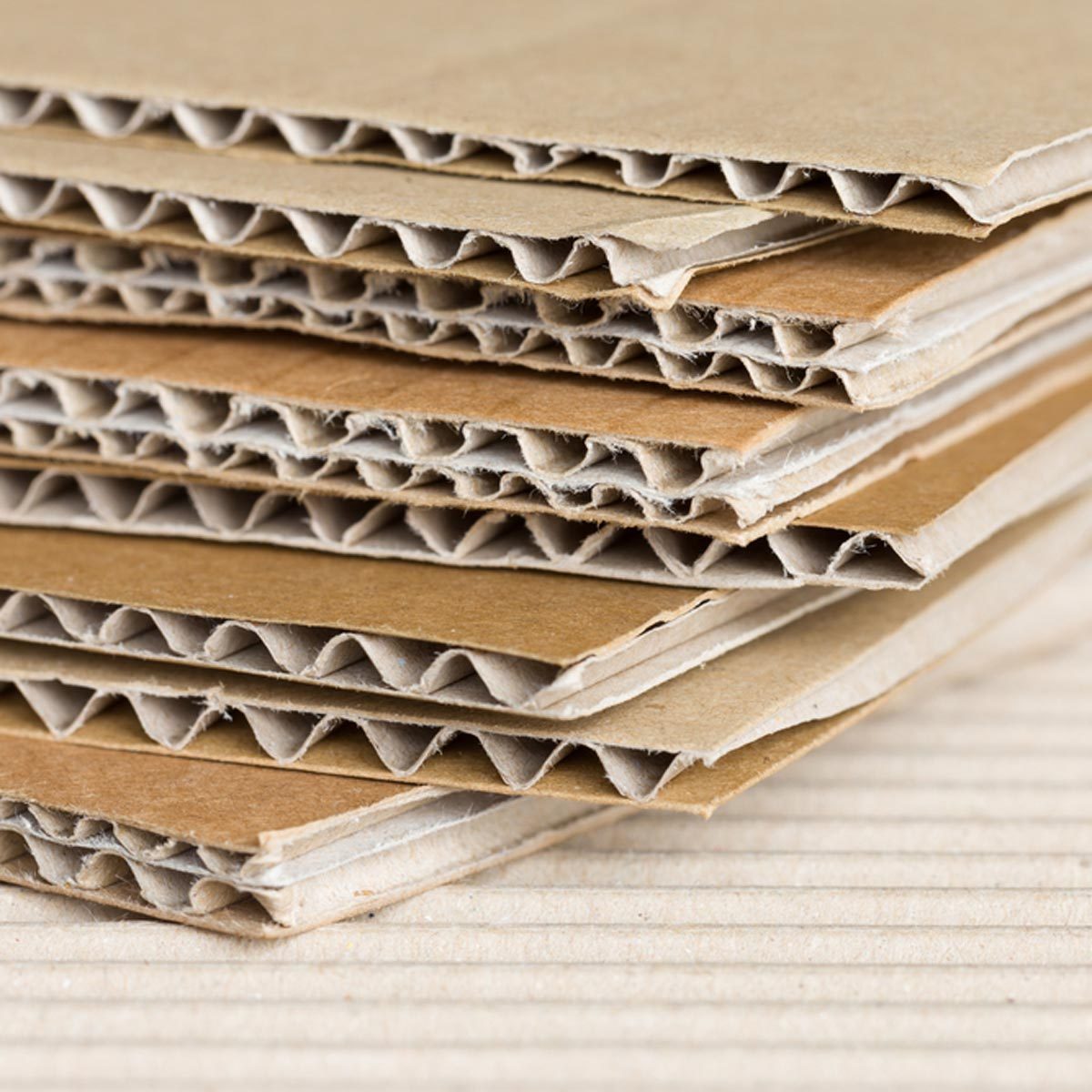
Myth: Newspaper and Cardboard Are a Great Weed Barrier
Truth: In certain situations, these materials can be used as a weed barrier and then covered with wood chips. The problem is, they can impede water penetration and gas exchange if they become too wet or too dry—or if they’re applied too heavily. Use no more than four to six sheets of newspaper or one layer of cardboard as a sheet mulch.
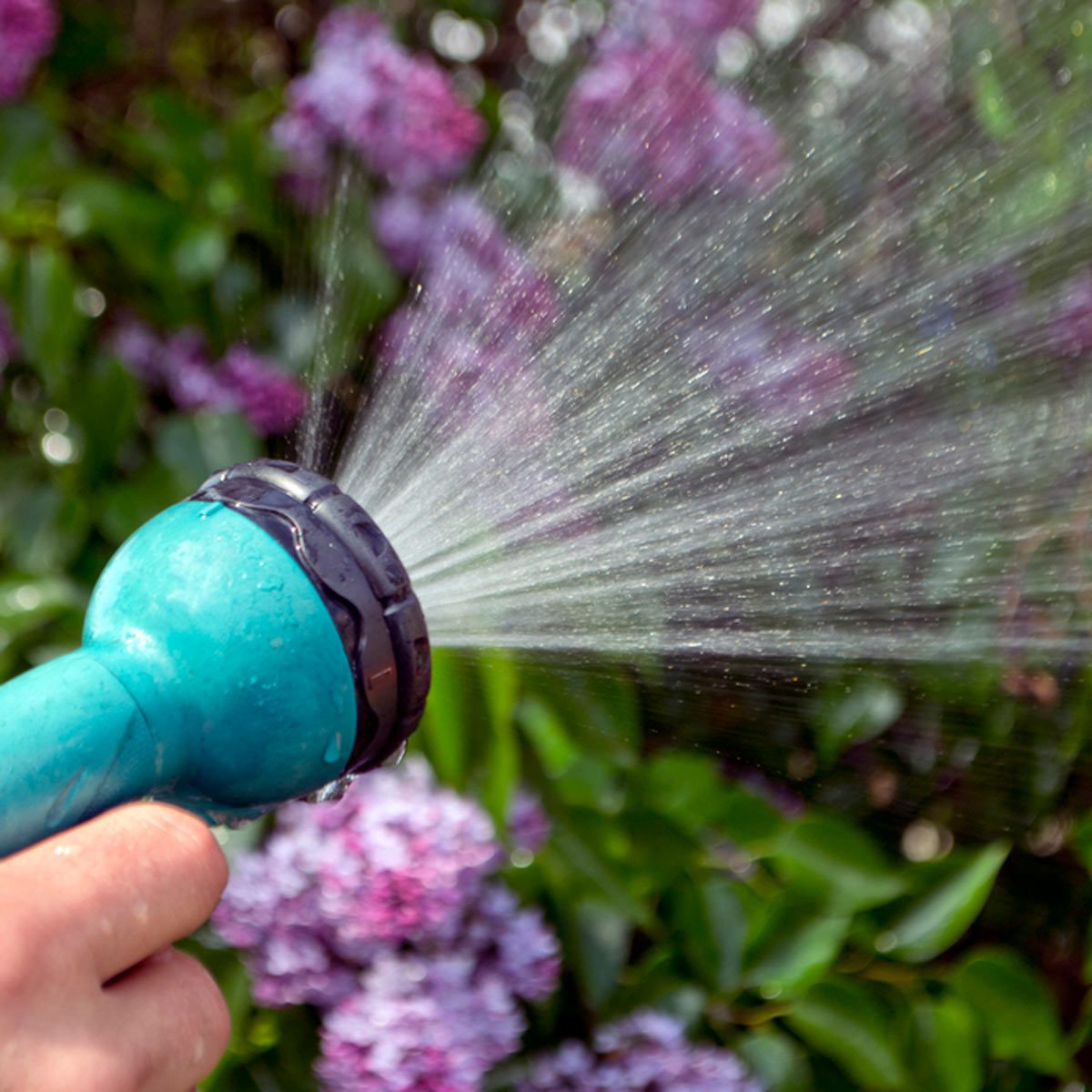
Myth: You Should Water Plants Daily
Truth: While container plants may need daily watering, those in the landscape do not. It is better to water a couple times a week and to irrigate deeply. Shallow watering encourages roots to stay up near the surface. Instead, you want roots to grow deep so plants are more self-sufficient during dry periods. Obviously, cacti and succulents need infrequent watering.
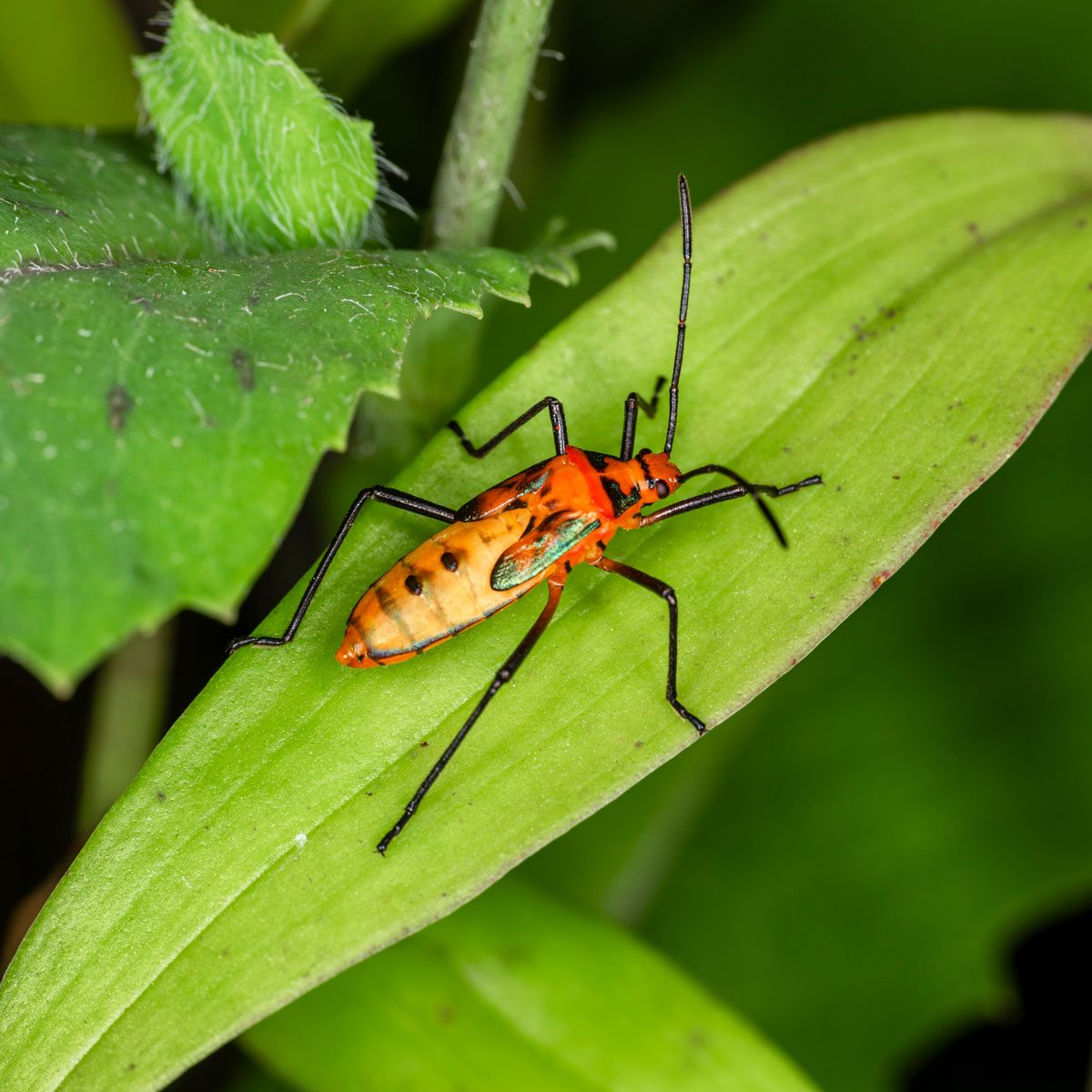
Myth: Insects Hurt Your Garden
Most people assume that all garden insects are harmful and must be eradicated. However, most insects are actually beneficial, helping pollinate or prey on actual pests. Using broad-spectrum pesticides can wipe out these beneficial populations, sometimes leading to an even worse pest problem down the line because natural controls have been eliminated. Integrated Pest Management (IPM) strategies, often promoted by university extension programs, emphasize identifying pests correctly, monitoring their levels and using the least toxic control methods first, such as physical removal or introduction of beneficial insects. This approach is a cornerstone of sustainable gardening do’s and don’ts. Learning to distinguish friend from foe is a crucial step towards a balanced garden ecosystem.
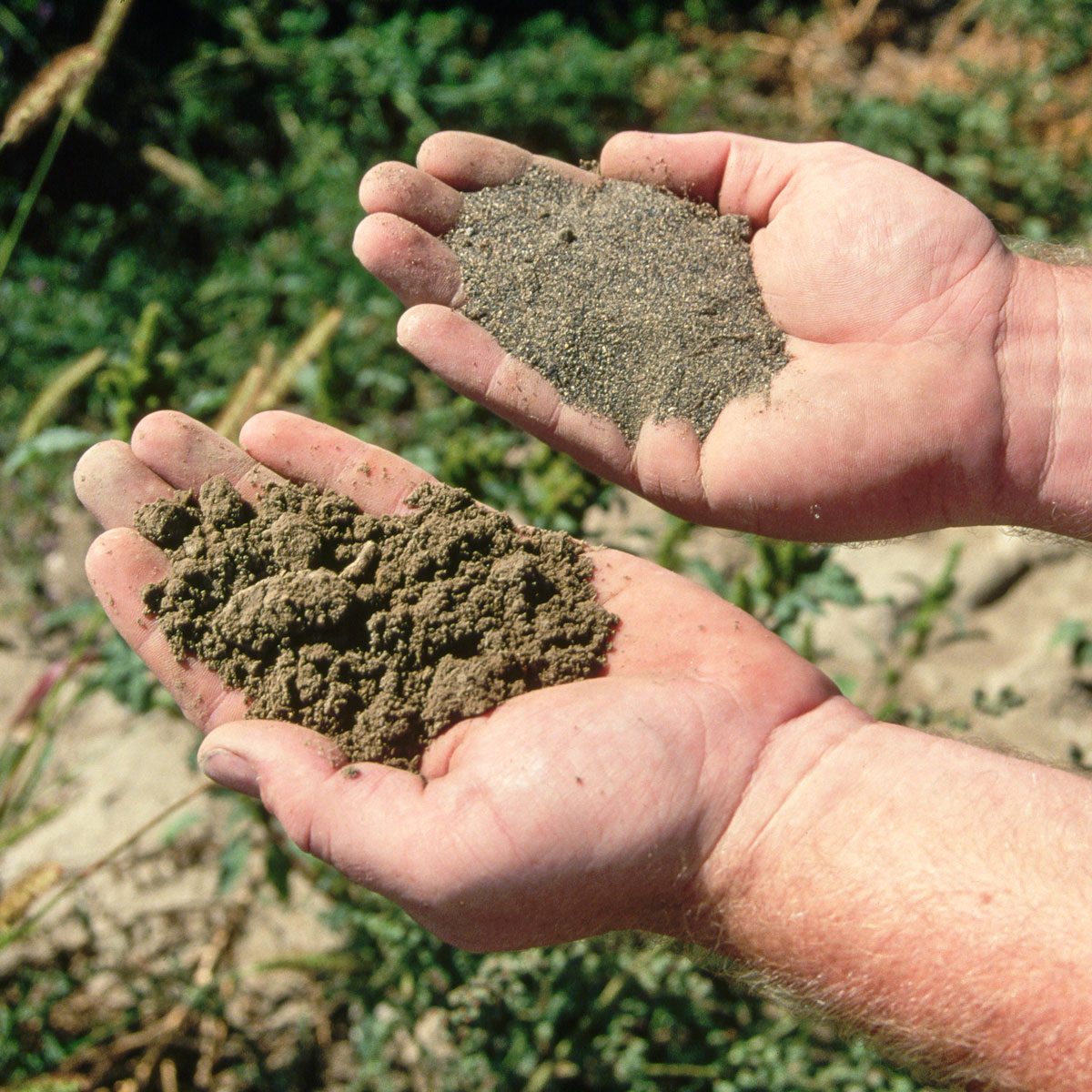
Myth: Add Sand to Heavy Clay Soil to Improve Drainage and Texture
Adding only sand to clay can create a concrete-like substance, further worsening soil structure. The best way to improve clay soil is to incorporate generous amounts of organic matter like compost, well-rotted manure or cover crops. This enhances soil structure aeration and drainage over time.
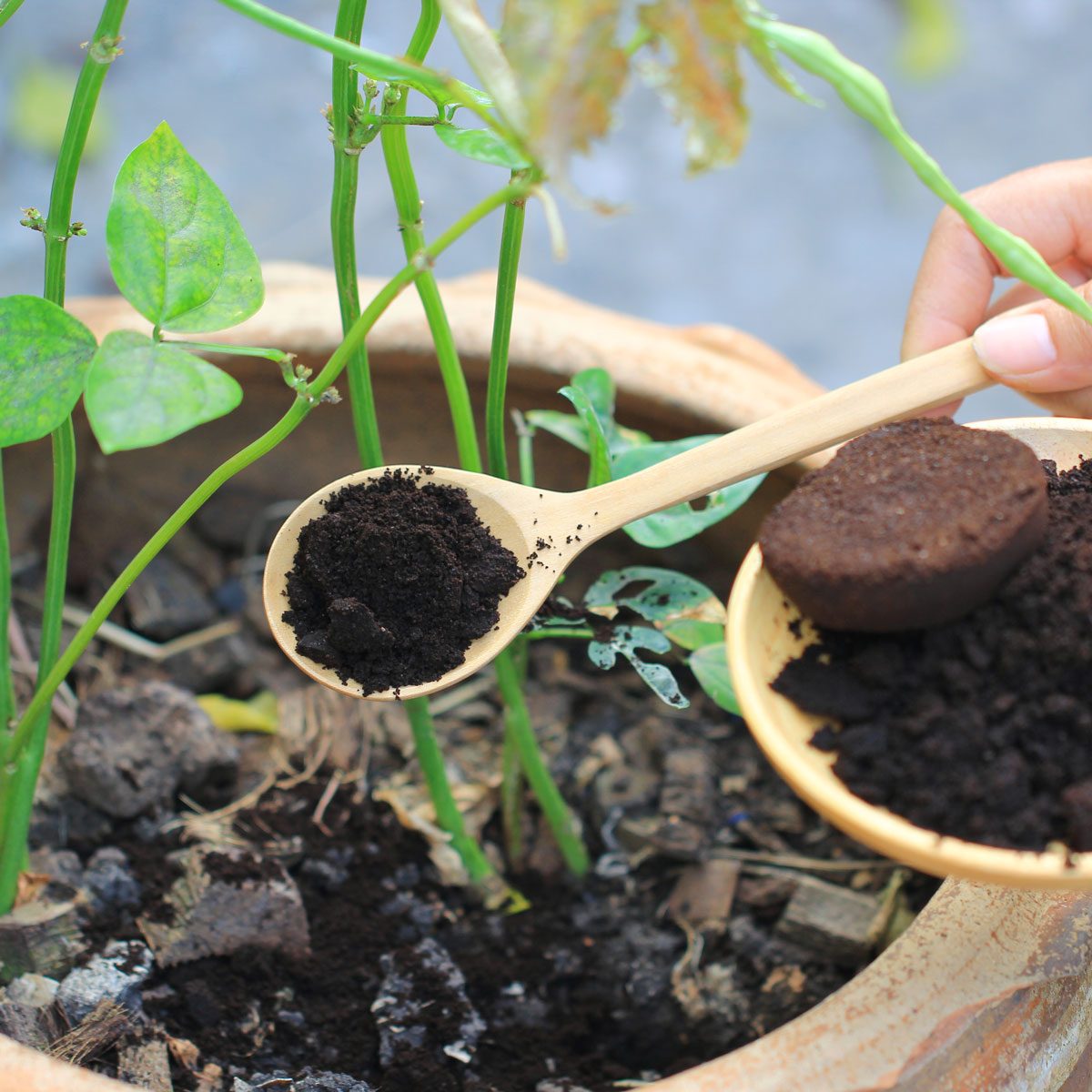
Myth: Coffee Grounds Are Always Good for Plants
Whether coffee grounds are good for your plants depends. Coffee grounds contain organic matter and some nutrients, but they are also acidic. They can be detrimental if applied directly in large quantities around plants that prefer neutral or alkaline soil. Uncomposed grounds can also temporarily tie up nitrogen as they decompose.
It’s generally better to add coffee grounds to your compost pile first, where they can break down and buffer their acidity. If applying directly, use them sparingly and lightly work them into the soil around acid-loving plants. This is an essential distinction in myths about plant care.

Myth: Watering Leaves Under Sunlight Harm Plants
This just isn’t true. For most plants, watering leaves in direct sunlight will not cause leaf burn. Water droplets on leaves are generally incapable of focusing sunlight intensely enough to scorch leaf tissue. Gardeners claim that watering in the midday sun leads to leaf burn, but research clearly shows that this isn’t true for most plants. The primary concern with wetting foliage is that it can sometimes promote certain fungal diseases if leaves remain wet for extended periods, especially overnight. Watering at the base of plants is generally more efficient.
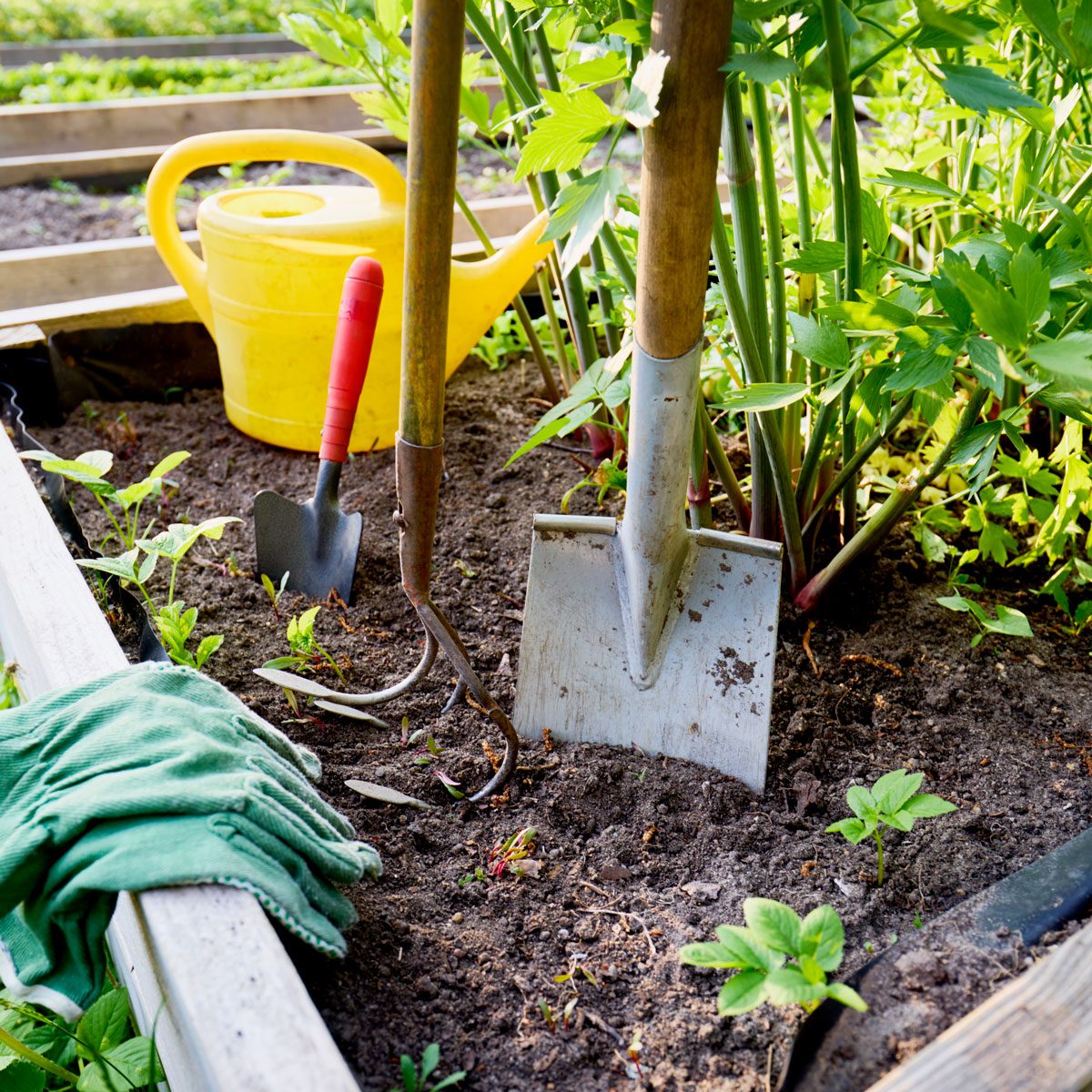
FAQ
Where do plant care myths come from?
There are several other gardening myths regarding overall plant vitality and dealing with pests. Many common gardening mistakes arise from treating symptoms rather than understanding the underlying science of plant care. For example, one might think a sickly-looking plant just needs more fertilizer, but that’s not true. Simply adding fertilizer without figuring out the actual issue can do a lot of damage to the plant.
Sources
- Wisconsin Horticulture: “Landscaping In Spite of Black Walnuts”
- International Society of Arboriculture (ISA): “What does research tell us about the practice of pruning in arboriculture?”
- USDA Natural Resources Conservation Service (NRCS): “Soil Health”


















